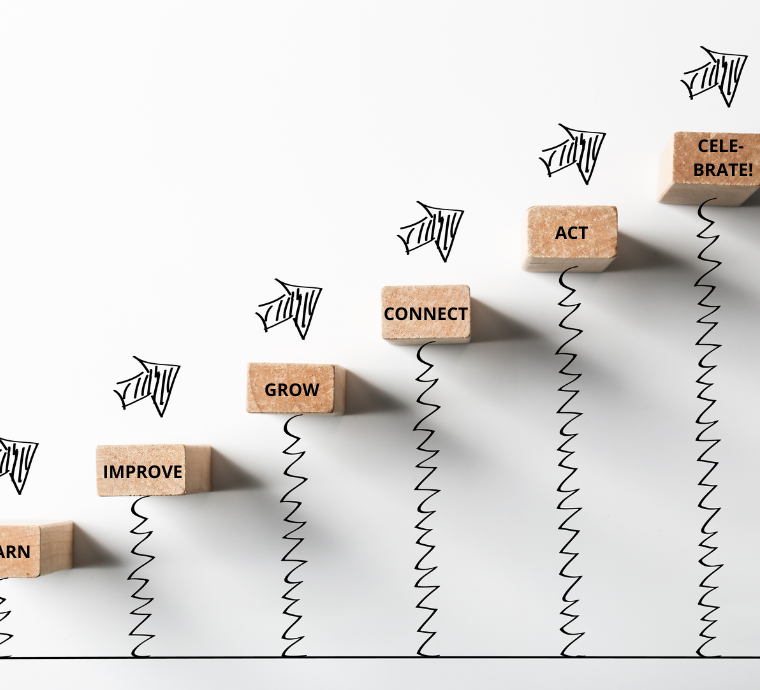Business Intelligence (BI) is a powerful tool that enables companies to analyze and make sense of the vast amounts of data they generate every day. At its core, BI is all about empowering decision-makers with the insights they need to make informed, data-driven decisions. In this article, we’ll explore the key components of business intelligence and why they’re so important for companies looking to gain a competitive edge.
1. Data integration
Data integration is the process of combining data from multiple sources into a single, unified view. This is a critical component of business intelligence because it enables companies to get a complete view of their data, which is essential for informed decision-making. With data integration, companies can consolidate data from disparate sources, such as sales, marketing, and finance, into a single dashboard that provides a holistic view of their operations.
2. Data Mining
Data mining is the process of analyzing large data sets to discover patterns, trends, and insights that can inform business decisions. This is a critical component of business intelligence because it allows companies to identify opportunities for growth and improvement. With data mining, companies can identify patterns in customer behavior, identify inefficiencies in their operations, and uncover opportunities for cost savings.
3. Reporting and Visualization
Reporting and visualization are critical components of business intelligence because they enable decision-makers to understand complex data sets quickly and easily. With reporting and visualization tools, companies can create customized dashboards that provide a visual representation of their data. This allows decision-makers to identify trends and patterns quickly and make informed decisions based on real-time data.
4. Performance Management
Performance management is all about monitoring and measuring key performance indicators (KPIs) to ensure that a company is meeting its objectives. This is a critical component of business intelligence because it enables companies to track their progress and identify areas where they need to improve. With performance management tools, companies can track metrics such as sales revenue, customer satisfaction, and operational efficiency.
5. Predictive Analytics
Predictive analytics is a subset of data mining that focuses on using statistical algorithms and machine learning techniques to identify patterns and predict future outcomes. This is a critical component of business intelligence because it allows companies to anticipate future trends and make informed decisions based on data-driven insights. With predictive analytics, companies can identify emerging trends, anticipate customer needs, and make strategic decisions that can drive growth and profitability.
In conclusion, business intelligence is a powerful tool that can help companies gain a competitive edge by providing insights that inform informed decision-making. The key components of business intelligence, including data integration, data mining, reporting and visualization, performance management, and predictive analytics, enable companies to make sense of complex data sets, track their progress, and anticipate future trends. If you’re looking to enhance your operational efficiency, improve decision-making, and drive growth and profitability, consider implementing a business intelligence solution today.


























